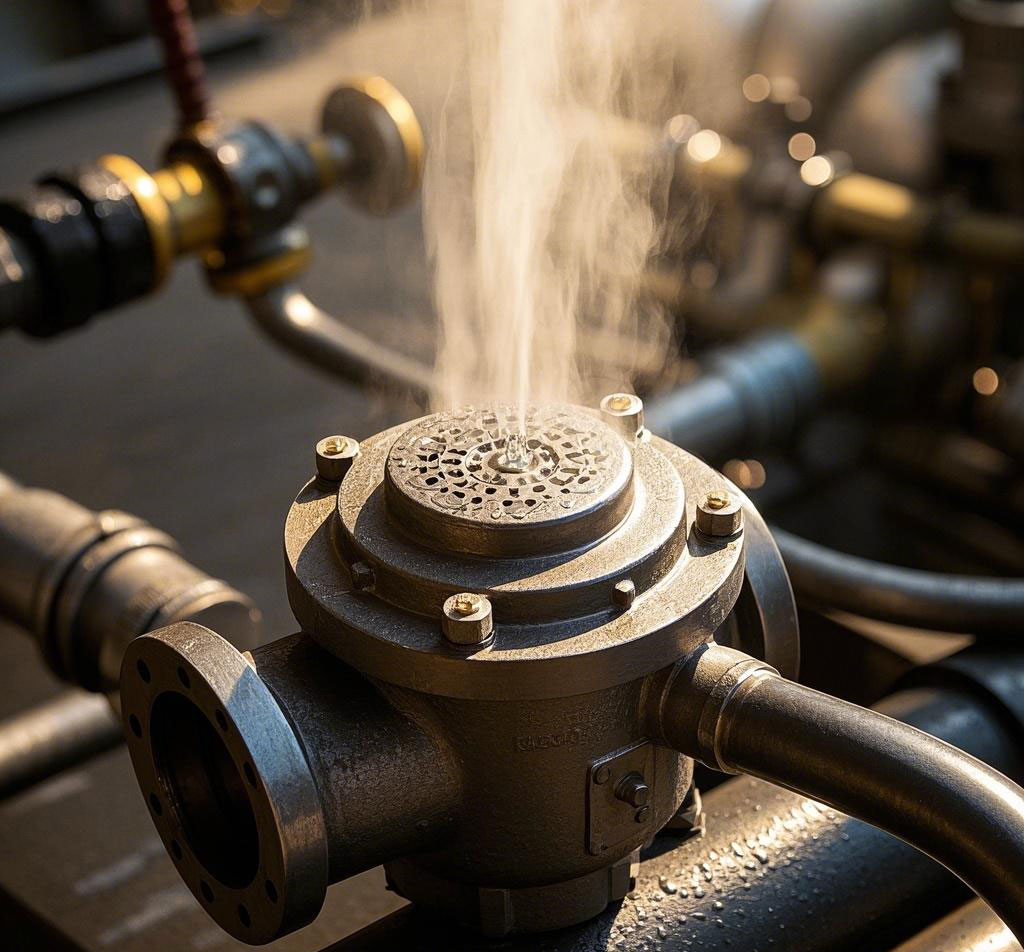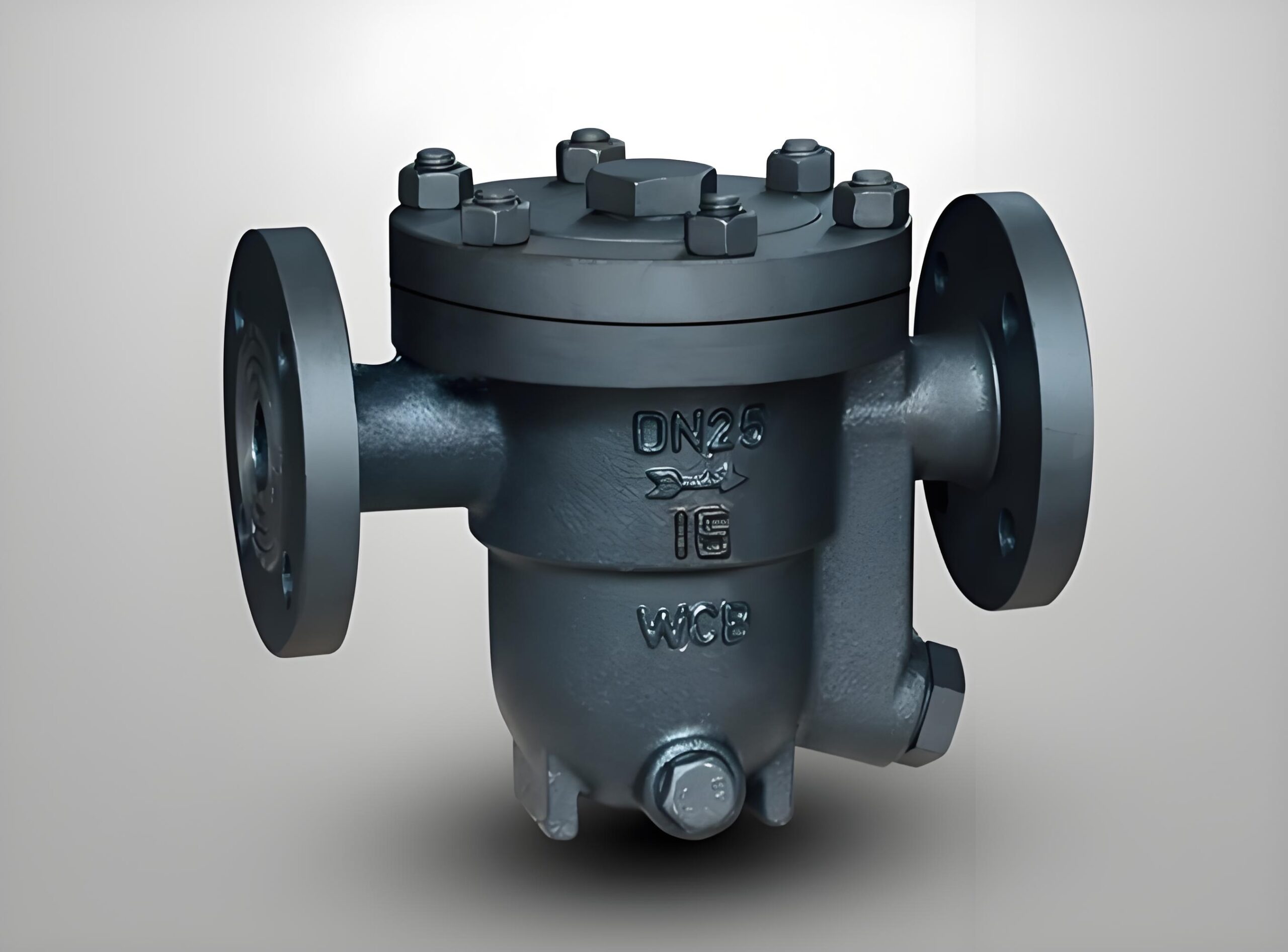In order to properly select a steam trap, we need to consider the following key factors:
Determine the differential pressure:
There is a pressure differential between the inlet and outlet of a steam trap, which is determined based on actual conditions of use. The inlet pressure is the lowest operating pressure that may be encountered at the inlet of the steam trap, which is usually due to fluctuations in steam pressure or the throttling effect of a thermostatic valve. The outlet pressure, on the other hand, is the highest working back pressure that may develop after the steam trap. If the steam trap is discharged directly into the atmosphere, the actual differential pressure will depend largely on the inlet pressure.
Calculating Condensate Volume:
Steam heating equipment produces a certain amount of condensate during normal operation. In order to select the right steam trap, we need to calculate this amount of condensate and adjust the calculation by taking into account a correction factor k. Then, we can make a selection based on the steam trap’s discharge capacity.
Calculation of Condensate Volume:
Pipeline Condensate Volume: When the pipeline is running, the condensate volume Q can be calculated by the formula Q = q0L(1-Z%), where q0 is the amount of condensate produced by the light pipe, L is the distance between the trapping points, and Z is the insulation efficiency. This formula can help us estimate the amount of condensate produced in the pipeline.
Equipment condensate: For steam heating equipment, condensate Q can be calculated by the formula Q = VrC△T/(H × t), where V is the volume of the object to be heated, r is its density, C is the specific heat of the liquid, △T is the temperature rise of the liquid, H is the latent heat of the steam, t is the heating time. This formula is suitable for calculating the amount of condensate generated by steam heating equipment during operation.
Selecting the right steam trap:
There are many different types of steam traps, with different structures and principles, as well as differences in performance. Therefore, when selecting a steam trap, we need to make a decision based on the specific application. Different steam traps are suitable for different operating conditions, and choosing the right steam trap will ensure stable operation and efficient performance of the system.
By following these steps, we can more accurately select the right steam trap for our needs, thus ensuring the proper operation and efficient utilization of the steam system.
Steam Trap Selection and Application



